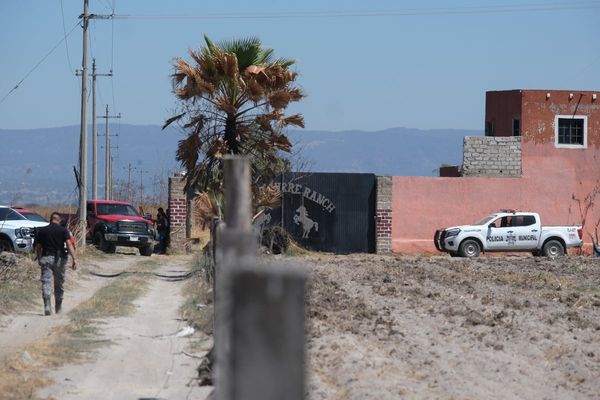The dismal performance of the Congress in the Punjab Assembly election foretells that its record on governance issues would be equally dismal. Lokniti’s post-poll survey data tries to tap how people in Punjab assessed the work of incumbent Congress government in the State on key governance indicators.

The data is a mixed bag where the ruling Congress government was rated highly by voters on governance issues such as the condition of power supply, drinking water, roads and schools (Table 1). However, the rates went down on the health front with over half of the voters dissatisfied while rating the conditions of hospitals.
While the Punjabi farmers were at the centre of the massive year-long protest movement against the now repealed three farm laws of the Union government, the farmers were equally dissatisfied with the State’s ruling party on agriculture issues. Six in 10 farmers stated that their condition had deteriorated or was as bad as earlier. Over half the farmers were also dissatisfied on account of timely payment of crops.

Lokniti’s post-poll survey data also show that four-fifth voters in Punjab reported an increase in unemployment, inflation and widespread drug abuse in the past five years. Seven in 10 reported that corruption was as high as before and six in 10 stated an increase in crime (Table 2). It was only on the account of religious animosity that voters had mixed views. Though more voters stated that religious animosity had increased in the Congress regime, their proportion was not very high compared to those who said it had decreased.
Our survey suggests that AAP had a greater lead (in double digits) among the voters who said that unemployment, inflation, drug abuse, corruption and crime had increased compared with those who rated improvement in these issues. Thus, despite positive assessment on some issues, the overall voter mood was that of disappointment.
Vibha Attri is a Research Associate at Lokniti-CSDS, Delhi; Jagrup Singh Sekhon is a former Professor of Political Science at Guru Nanak Dev University, Amritsar, Punjab







